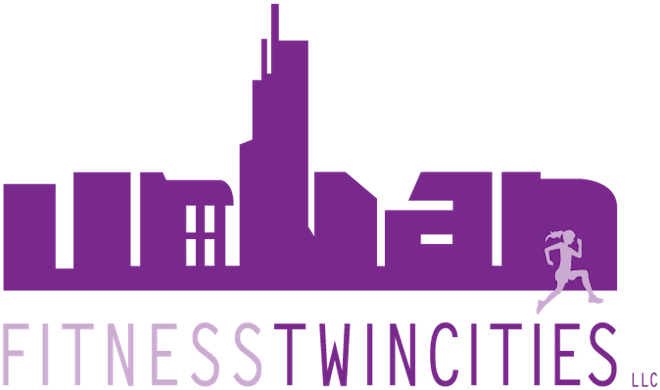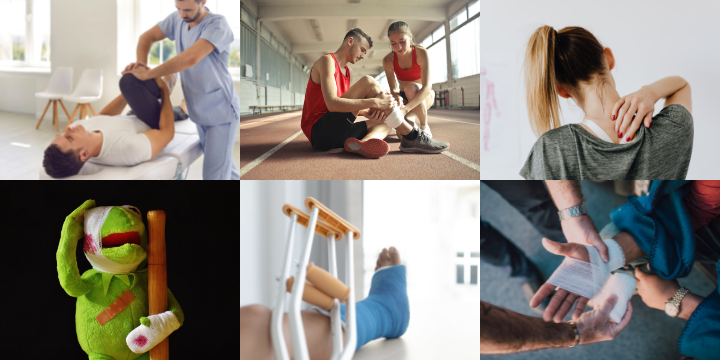Injuries happen. How you recover from them can make all the difference.
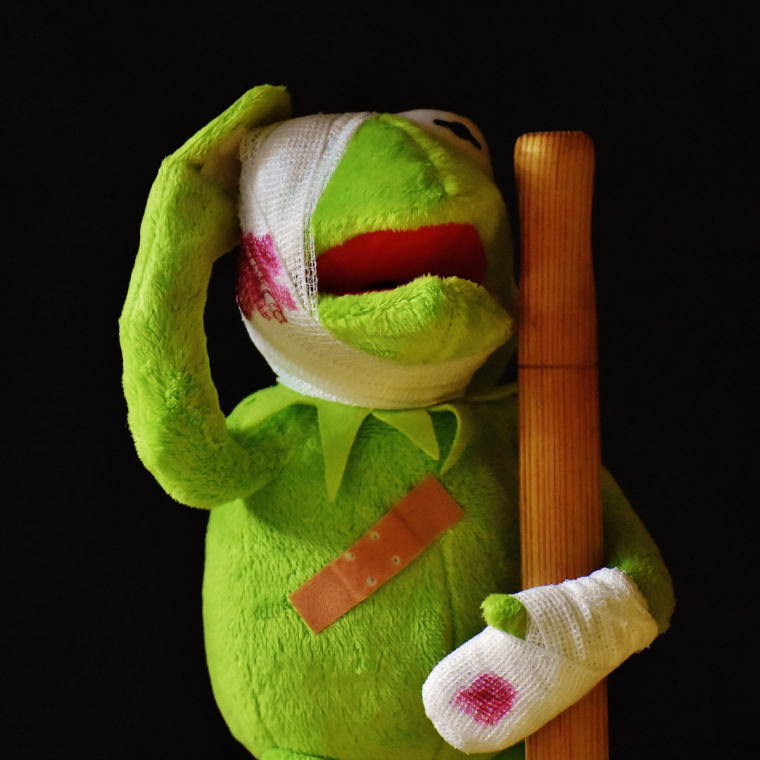 We all get injured sometimes. Accidents happen even to the most cautious people. Some injuries are little tweaks that go away in a day or two and don’t need much attention. However, most injuries take at least a week to six weeks or longer to heal. The older we get, the longer and more difficult it becomes for our bodies to heal, but even young people don’t bounce back from most injuries without some time for recovery. Injuries themselves are frustrating at best, painful and hindering at worst. How you treat an injury while it is healing can affect how quickly the injury heals. In addition, how you treat that injury and the rest of your body, during recovery and after, has an even greater effect on how your whole body does post injury. Long after the injury is gone, there can be major differences in how someone feels based on how he or she handled the injury recovery process. That is why we believe very strongly in effective injury recovery methods.
We all get injured sometimes. Accidents happen even to the most cautious people. Some injuries are little tweaks that go away in a day or two and don’t need much attention. However, most injuries take at least a week to six weeks or longer to heal. The older we get, the longer and more difficult it becomes for our bodies to heal, but even young people don’t bounce back from most injuries without some time for recovery. Injuries themselves are frustrating at best, painful and hindering at worst. How you treat an injury while it is healing can affect how quickly the injury heals. In addition, how you treat that injury and the rest of your body, during recovery and after, has an even greater effect on how your whole body does post injury. Long after the injury is gone, there can be major differences in how someone feels based on how he or she handled the injury recovery process. That is why we believe very strongly in effective injury recovery methods.
What is Effective Injury Recovery:
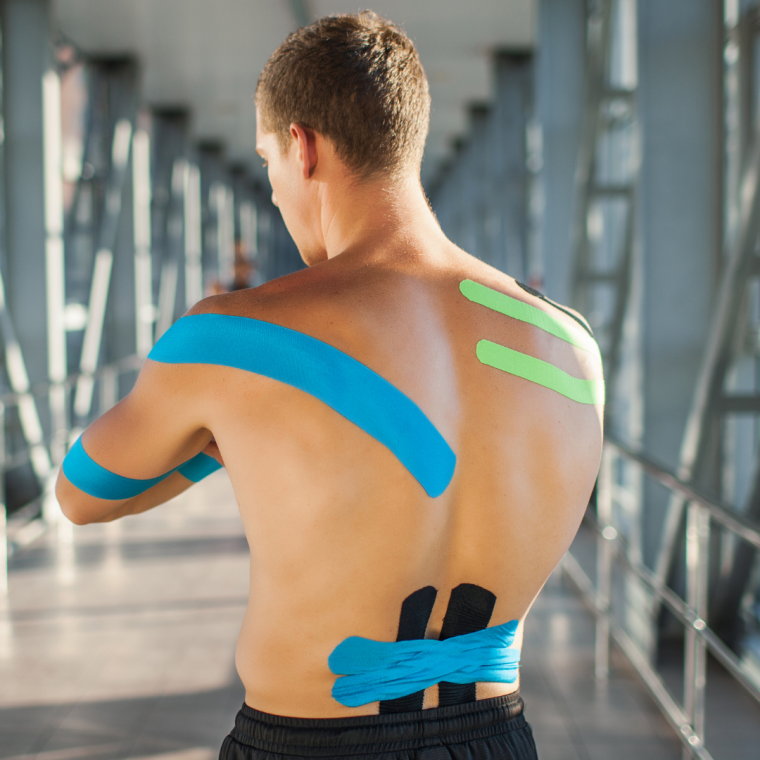 One injury tends to lead to more injuries, which leads to yet more injuries…. It is a sad state of affairs because one injury is real more than enough. However, effective injury recovery is all about stopping this cycle of pain. After all, the goal of any injury recovery is to stop being injured. A lot of times, however, the focus is put on the injured part of the body but nowhere else. This is ineffective because the entire time you are injured, your body is compensating for and stressing about the injury. This leads to tightness and uneven muscle use in many parts of the body, including areas you never would have thought would be affected. For example, we had a client who had a very minor foot surgery. His surgeon said he didn’t need any physical therapy sessions. However, the surgery was on the ball of his foot so he had to elevate his foot for two weeks, and then wear a foot contraption that kept him walking on his heel for a month. By the time he was done he had tweaked his back and his foot and calf were really weak. While he didn’t “need” any physical therapy, he opted to go in and get things looked at because other body parts, like his back and hips, were in pain. The physical therapist gave him foot and core exercises and had him do things to help improve his standing and walking alignment, which after a month of walking on his heel on one foot, had been thrown off completely. Along with his physical therapy exercise, we helped him stretch and strengthen the areas of his body that had become uneven in tightness and strength due to his walking compensations. Within a couple of months, not only did his foot feel better but his back pain was gone and his whole body felt better than it had before the surgery. This is an excellent example of how effective injury recovery can really help improve your quality of life post injury.
One injury tends to lead to more injuries, which leads to yet more injuries…. It is a sad state of affairs because one injury is real more than enough. However, effective injury recovery is all about stopping this cycle of pain. After all, the goal of any injury recovery is to stop being injured. A lot of times, however, the focus is put on the injured part of the body but nowhere else. This is ineffective because the entire time you are injured, your body is compensating for and stressing about the injury. This leads to tightness and uneven muscle use in many parts of the body, including areas you never would have thought would be affected. For example, we had a client who had a very minor foot surgery. His surgeon said he didn’t need any physical therapy sessions. However, the surgery was on the ball of his foot so he had to elevate his foot for two weeks, and then wear a foot contraption that kept him walking on his heel for a month. By the time he was done he had tweaked his back and his foot and calf were really weak. While he didn’t “need” any physical therapy, he opted to go in and get things looked at because other body parts, like his back and hips, were in pain. The physical therapist gave him foot and core exercises and had him do things to help improve his standing and walking alignment, which after a month of walking on his heel on one foot, had been thrown off completely. Along with his physical therapy exercise, we helped him stretch and strengthen the areas of his body that had become uneven in tightness and strength due to his walking compensations. Within a couple of months, not only did his foot feel better but his back pain was gone and his whole body felt better than it had before the surgery. This is an excellent example of how effective injury recovery can really help improve your quality of life post injury.
There are many aspects to effective injury recovery. While we are not doctors or physical therapists ourselves, we have learned a lot about injury recovery in working with doctors and physical therapists and in dealing with our own and our clients’ injuries. Here are some things we have learned as being very important components of injury recovery:
- It requires a whole body approach!
- You must create balance in your strength, flexibility, and mobility levels as well as alignment.
- Body awareness is extremely helpful (if not necessary).
- Releasing tension is a must, and sometimes this requires a change in mindset.
- Injuries may not be (inherently) mental, but, often, the scars left by the physical pain or the event causing the injury leave emotional and mental scars, not just physical.
- Successful injury recovery takes persistence, patience, repetition, and dedication.
A Whole Body Approach:
Healing the place where the injury occurred is obviously important. However, to only do that is ineffective injury recovery. There are two main reasons why effective injury recovery isn’t just about where the injury occurred.
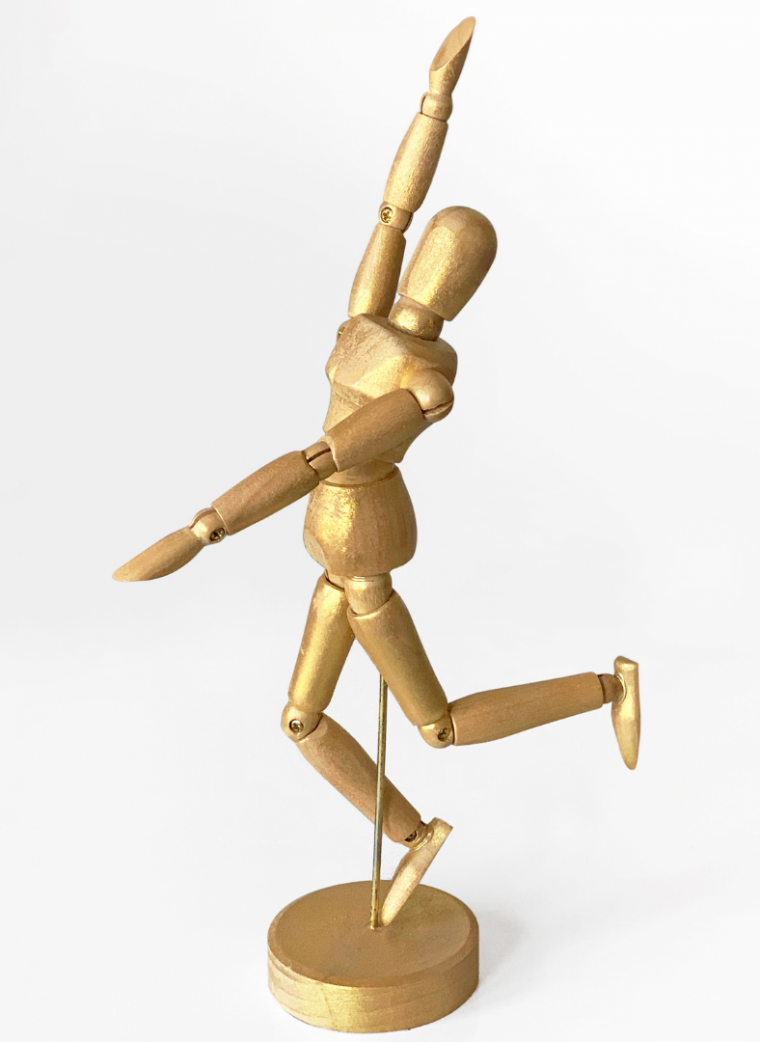 The first reason is that the place where the injury occurred might not be the main problem. Sometimes injuries happen in one place because another place is too weak or another place is too strong or because of bone misalignments or stiffness; the list goes on. Our bodies are more interconnected than most of us realize. Often, when a client’s pain is in the top of her or his foot, it comes from tight shin muscles. That shin muscle is likely tight because it is weak due to the overly strong calf muscles doing too much work. When forced to due its share of the work, the shin gets sore because it wasn’t quite strong enough for what it was asked to do. This is one example of thousands we have of someone thinking the problem was in one place because that is where the pain is, but the true cause of that pain or injury came from somewhere else. Another excellent example of a full-blown injury was when a client, who was twisted to the right in her bones, sprained her ankle doing a very simple move. She sprained it because the twist to the right had weakened her right glute so much that it was no longer helping to support her ankle. When her ankle muscles got tired from the extra work and gave out, her ankle rolled and she had three or four months of recovery time from that specific injury, in addition to the time spent fixing the twist that caused the injury in the first place.
The first reason is that the place where the injury occurred might not be the main problem. Sometimes injuries happen in one place because another place is too weak or another place is too strong or because of bone misalignments or stiffness; the list goes on. Our bodies are more interconnected than most of us realize. Often, when a client’s pain is in the top of her or his foot, it comes from tight shin muscles. That shin muscle is likely tight because it is weak due to the overly strong calf muscles doing too much work. When forced to due its share of the work, the shin gets sore because it wasn’t quite strong enough for what it was asked to do. This is one example of thousands we have of someone thinking the problem was in one place because that is where the pain is, but the true cause of that pain or injury came from somewhere else. Another excellent example of a full-blown injury was when a client, who was twisted to the right in her bones, sprained her ankle doing a very simple move. She sprained it because the twist to the right had weakened her right glute so much that it was no longer helping to support her ankle. When her ankle muscles got tired from the extra work and gave out, her ankle rolled and she had three or four months of recovery time from that specific injury, in addition to the time spent fixing the twist that caused the injury in the first place.
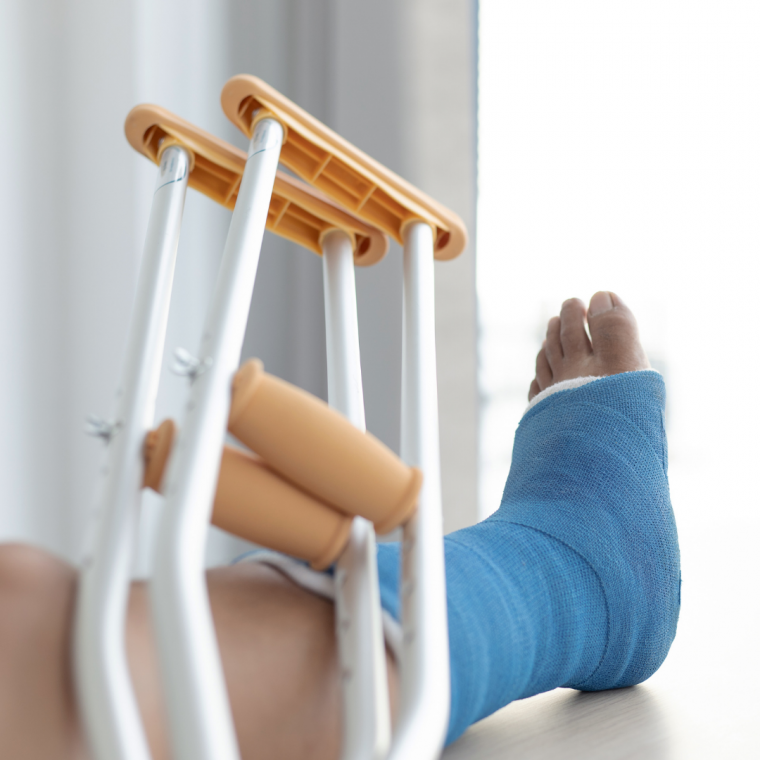 The second reason why a whole-body approach is necessary is because injuries don’t just affect the place where the injury happened. The body’s job is to compensate for an injury in order to keep you functioning. As a species, we wouldn’t have made it very far if we hadn’t been able to get away from danger even when hurting or injured. Even now, when danger may not be a factor in our daily lives, our bodies are always compensating for pain or injury to keep us moving. That means that certain muscles start doing more work, while others might not be doing anything. Bones may move out of alignment to take pressure off wherever the pain is, compressing joints and, again, forcing some muscles to work harder than others. When parts of the body are weaker than others and bones are out of alignment, injuries are more likely to occur. Therefore, in order to prevent the cascade of one injury into another injury, the body’s compensations need to be fixed. This is done by working on creating better “body balance”.
The second reason why a whole-body approach is necessary is because injuries don’t just affect the place where the injury happened. The body’s job is to compensate for an injury in order to keep you functioning. As a species, we wouldn’t have made it very far if we hadn’t been able to get away from danger even when hurting or injured. Even now, when danger may not be a factor in our daily lives, our bodies are always compensating for pain or injury to keep us moving. That means that certain muscles start doing more work, while others might not be doing anything. Bones may move out of alignment to take pressure off wherever the pain is, compressing joints and, again, forcing some muscles to work harder than others. When parts of the body are weaker than others and bones are out of alignment, injuries are more likely to occur. Therefore, in order to prevent the cascade of one injury into another injury, the body’s compensations need to be fixed. This is done by working on creating better “body balance”.
Balance in Strength, Flexibility, Mobility, and Alignment:
A balanced body is made up of four equally important aspects: strength, flexibility, mobility, and alignment. The more balanced your body is, the less likely you are to get injured in the first place, as we discuss in length in our injury prevention blog. In addition, finding balance in your body is extremely important for effective injury recovery. Think of your body like a car. A well-maintained car is less likely to break down. If all the parts are doing their job together it causes less strain on the other car parts and helps it run better and prevent problems. Our bodies are the same way. If something breaks down it increases the wear and tear on the other body parts, causing them to break down sooner. The biggest difference between repairing a car and our bodies is, while both can be expensive, it is a LOT easier to repair a car than it is your body.
Cars have carburetors, belts and fans. We have muscles, ligaments and bones. In order to have a well-oiled and effectively running body, we need balance in all of these and other things. We attain balance in our bones and joints through the use of good alignment, which stacks and arranges our bones to fit like a perfectly put together puzzle, not like one where pieces are jammed together wherever. This creates more space in the joints and makes movement and muscle engagement easier.
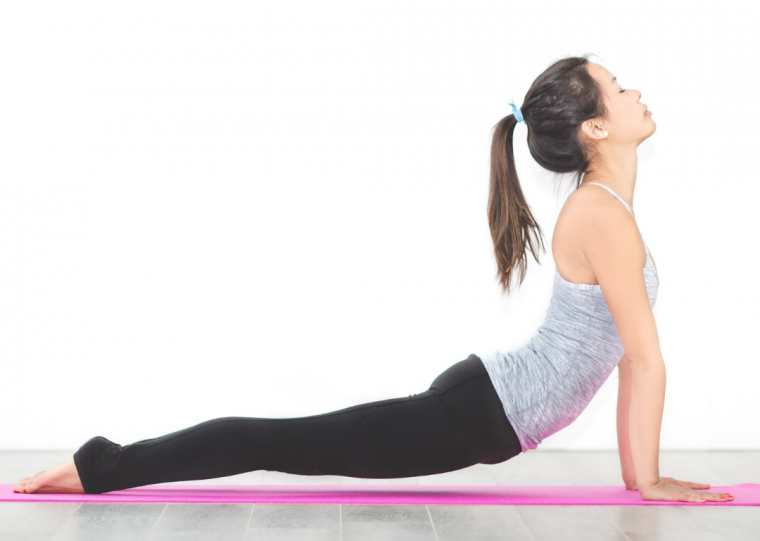 Alignment also contributes to better mobility. Mobility is the ease with which bones can move to allow us to twist, reach, bend, walk, get down on the floor, etc. Stuck bones and mashed together joints can cause many problems and injuries. It is a little like when gears in a machine get stuck or jammed: the machine can’t work as well or breaks down altogether. Compressed joints can even wear down cartilage and bone over time. So bone and joint mobility is extremely important for all injury recovery but especially for any injury caused by too little mobility.
Alignment also contributes to better mobility. Mobility is the ease with which bones can move to allow us to twist, reach, bend, walk, get down on the floor, etc. Stuck bones and mashed together joints can cause many problems and injuries. It is a little like when gears in a machine get stuck or jammed: the machine can’t work as well or breaks down altogether. Compressed joints can even wear down cartilage and bone over time. So bone and joint mobility is extremely important for all injury recovery but especially for any injury caused by too little mobility.
Along with mobility, flexibility is important for ease of movement. Flexibility allows bones to be able to move because the muscles are elastic enough to allow motion. Flexibility and mobility, while different things, are connected for that reason. In order to move around easily, we need both mobile joints and flexible muscles. You can learn more about both these things in our flexibility v. mobility blog.
In addition, it is very common for bodies to tighten up during and after an injury. The stress of an injury alone causes tightness in our muscles, even without the compensation we do to function or minimize pain while injured. That all leads to tight muscles, even in places that may not be directly connected to the injury at all. Once muscles are too tight, however, they cause their own problems. If a client hurts her foot, for example, but starts having more frequent headaches, we would check to see if the pain is making her tighten up her neck and shoulders.
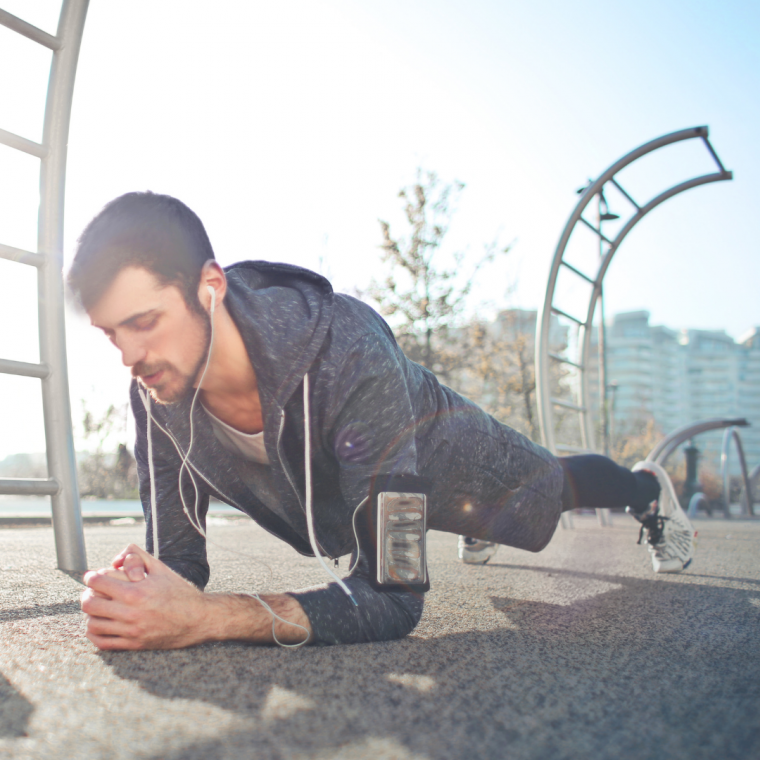 With things able to move, we still have to have the strength to be able to move them. That is where strength and strength training come into our balanced body. Effective strength training is extremely important for injury recovery. If you have ever gone to a physical therapist, you will notice that they give you exercises to do at home, these are usually strength building exercises (though they may throw in a few stretches, too). When an injury occurs, you have to rebuild strength in that area, that has been babied due to injury. You also have to build strength in any weak areas that may have contributed to the injury, caused the injury, or become weak due to the compensations your body has made since the injury.
With things able to move, we still have to have the strength to be able to move them. That is where strength and strength training come into our balanced body. Effective strength training is extremely important for injury recovery. If you have ever gone to a physical therapist, you will notice that they give you exercises to do at home, these are usually strength building exercises (though they may throw in a few stretches, too). When an injury occurs, you have to rebuild strength in that area, that has been babied due to injury. You also have to build strength in any weak areas that may have contributed to the injury, caused the injury, or become weak due to the compensations your body has made since the injury.
Body Awareness:
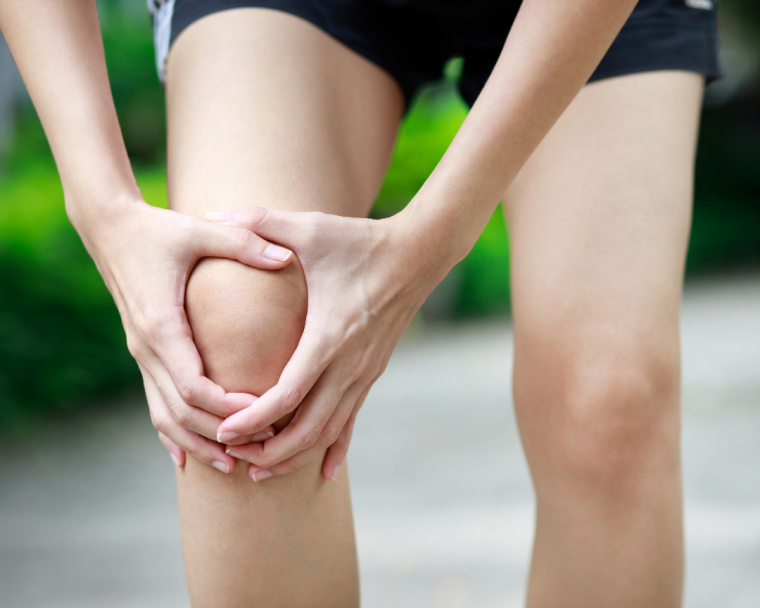 As you might have guessed by everything above, body awareness does play a part in injury recovery. If we don’t know what our body is doing or how it is moving, how can we change it? How can we mobilize our shoulder blades if we can’t feel them moving? How can we prevent grinding in our hips if we can’t feel the separation and isolation of our leg bone from our pelvis? How can we engage our hamstrings instead of our quads if we can’t learn how to relax overused quads? The answer is, we can’t. You have to be able to feel your body to control it, or to visualize how to move optimally. The more aware you are of your body, the more control you have. The more control you have, the more your body does what you ask or the more likely you are to be able to figure out why it isn’t doing what you ask. Body awareness is extremely important for injury recovery. Body awareness is also important for helping release tension and stress, both mental and physical, caused by the injury.
As you might have guessed by everything above, body awareness does play a part in injury recovery. If we don’t know what our body is doing or how it is moving, how can we change it? How can we mobilize our shoulder blades if we can’t feel them moving? How can we prevent grinding in our hips if we can’t feel the separation and isolation of our leg bone from our pelvis? How can we engage our hamstrings instead of our quads if we can’t learn how to relax overused quads? The answer is, we can’t. You have to be able to feel your body to control it, or to visualize how to move optimally. The more aware you are of your body, the more control you have. The more control you have, the more your body does what you ask or the more likely you are to be able to figure out why it isn’t doing what you ask. Body awareness is extremely important for injury recovery. Body awareness is also important for helping release tension and stress, both mental and physical, caused by the injury.
Releasing Tension:
 Releasing tension is helpful for improving mobility, flexibility, alignment, and body awareness, but, also, is important in its own right. The most common tension people are familiar with is neck and shoulder tension. Especially since the invention of computers, smart phones, and tablets, we tend to hold a lot of tension in our neck and shoulders, just because of how tend to we sit and use these devices. It is also remarkably common for people to hold tension in their hips and back and even their tail bones, toes, and feet.
Releasing tension is helpful for improving mobility, flexibility, alignment, and body awareness, but, also, is important in its own right. The most common tension people are familiar with is neck and shoulder tension. Especially since the invention of computers, smart phones, and tablets, we tend to hold a lot of tension in our neck and shoulders, just because of how tend to we sit and use these devices. It is also remarkably common for people to hold tension in their hips and back and even their tail bones, toes, and feet.
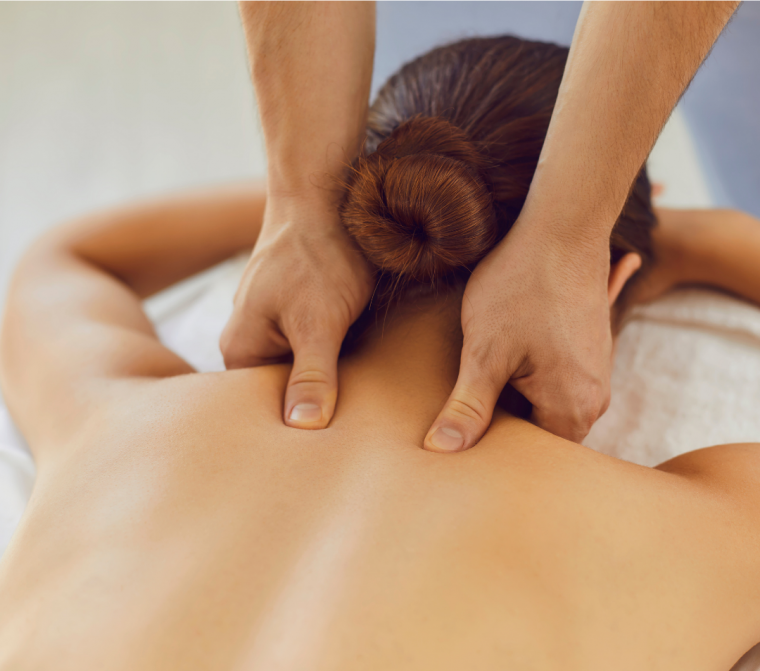 Releasing tension is important to help improve flexibility and strength. If muscles and body parts are too tense it can be difficult to engage muscles other than the tense ones, no matter how hard you try. Tension can also pinch or lock down nerves, making it more difficult to feel or access certain muscles. Also, if you are too tense, muscles often don’t release, stretch, or relax enough to let you stretch the muscles you’re trying to stretch. Not only does tension make increasing flexibility and strength more difficult, it can also cause pain by itself.
Releasing tension is important to help improve flexibility and strength. If muscles and body parts are too tense it can be difficult to engage muscles other than the tense ones, no matter how hard you try. Tension can also pinch or lock down nerves, making it more difficult to feel or access certain muscles. Also, if you are too tense, muscles often don’t release, stretch, or relax enough to let you stretch the muscles you’re trying to stretch. Not only does tension make increasing flexibility and strength more difficult, it can also cause pain by itself.
Almost all of us store some amount of tension in our bodies. How much tension depends on the person. However, being injured is a stress on our bodies and tends to increase the tension in other parts of the body, even for the most relaxed person. Finding and releasing tension on our own requires a great deal of body awareness. Often it is easier to have someone else point out it is there, but it is still up to us to release it. Sometimes this is a mind over matter fix. That said, being aware of where there is tension can make massage and stretching more useful tools for releasing it. Still, preventing the tension from recurring requires some amount of mind over matter to keep those areas from just tensing right back up again. This is partially because a great deal of tension tends to come from mental and physical scars of the injury or deeply ingrained habits.
The Mental and Physical PTSD of Injuries:
Injuries aren’t just rough on our bodies but they are also mentally stressful and exhausting. Pain is trauma-based physical and mental stress. That trauma tends to leave behind something akin to PTSD (post traumatic stress disorder) even after the pain is gone. In order for injury recovery to be completely effective, both these physical and mental PTSDs have to be tackled.
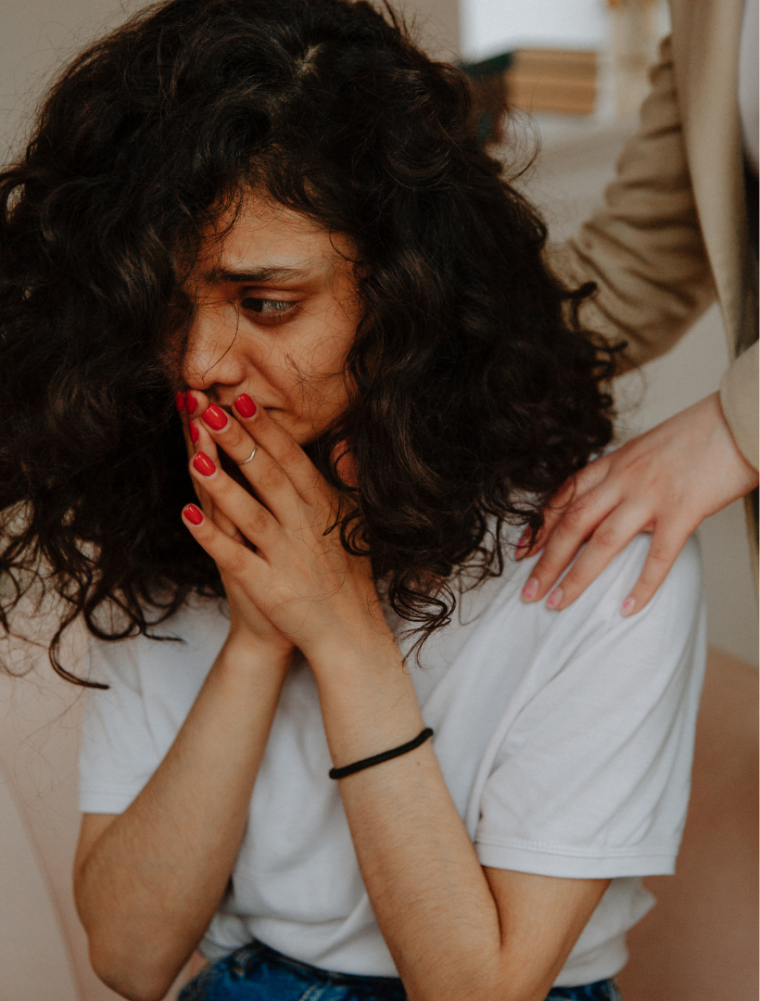 Often, how much mental PTSD there is depends on how bad, traumatic, or reoccurring the injury is, but sometimes it is related to how the injury occurred. An injury caused by a car wreck, for example, is often going to leave more mental scars than rolling your ankle when stepping off a stair, because the event attached to the car wreck related injury was a traumatic experience in and of itself. The mental PTSD can be worse because every time something reminds you of that injury, like pain or decrease of movement, the memories of the event also come back, which increases stress and tension in your body. Sometimes, an event caused by the injury can also be traumatic or depressing and have a similar result. Athletes who retire from an injury are often left with the mental scars of depression from being forced out of their chosen career or passion instead of choosing to retire on their own terms.
Often, how much mental PTSD there is depends on how bad, traumatic, or reoccurring the injury is, but sometimes it is related to how the injury occurred. An injury caused by a car wreck, for example, is often going to leave more mental scars than rolling your ankle when stepping off a stair, because the event attached to the car wreck related injury was a traumatic experience in and of itself. The mental PTSD can be worse because every time something reminds you of that injury, like pain or decrease of movement, the memories of the event also come back, which increases stress and tension in your body. Sometimes, an event caused by the injury can also be traumatic or depressing and have a similar result. Athletes who retire from an injury are often left with the mental scars of depression from being forced out of their chosen career or passion instead of choosing to retire on their own terms.
A reoccurring injury can also leave drastic scars, usually fear-based ones. The fear factor of having been injured is a real barrier when it comes to healing for both the brain and the body. For example, we have a client whose knee used to pop out of socket on a regular basis in her youth, for no particular reason. While she had a surgery done to repair this, some twenty years later, she still can’t stand to have someone touch her knee, and certain exercises, especially those that require bending her knee, cause her stress and anxiety. This makes it difficult for her to build strength in her hamstrings, because she tenses up trying to do these exercises because of the fear associated with her past experiences.
 Our bodies are just as capable of PTSD as our minds are. In fact, in some ways, identifying physical PTSD is more difficult that mental PTSD. Physical PTSD comes from muscle memory. Often, muscle memory is a fabulous thing. When it comes to injuries, however, it is the exact opposite. Our bodies will remember the trauma and stress of an injury long after our brain has forgotten which side we hurt or how. Not only will our bodies remember that trauma but it will react like it is scared of recreating that trauma and compensate because of that muscle-memory. We often don’t ever notice these compensations and think we have done a good job of healing because the pain is gone and our body seems to be doing well. However, thanks to those fear-based, often subconscious, compensations, we might suffer further injuries or pain that come from the original injury. It is also part of the reason why injuries from our youth can come back to haunt us years later.
Our bodies are just as capable of PTSD as our minds are. In fact, in some ways, identifying physical PTSD is more difficult that mental PTSD. Physical PTSD comes from muscle memory. Often, muscle memory is a fabulous thing. When it comes to injuries, however, it is the exact opposite. Our bodies will remember the trauma and stress of an injury long after our brain has forgotten which side we hurt or how. Not only will our bodies remember that trauma but it will react like it is scared of recreating that trauma and compensate because of that muscle-memory. We often don’t ever notice these compensations and think we have done a good job of healing because the pain is gone and our body seems to be doing well. However, thanks to those fear-based, often subconscious, compensations, we might suffer further injuries or pain that come from the original injury. It is also part of the reason why injuries from our youth can come back to haunt us years later.
Managing both physical and mental PTSD related to an injury is similar to managing general stress and tension. There are many ways to help with the mental PTSD, but what works best is going to depend on the individual and the severity. Sometimes, simply learning to release the tension in the body will release some of the emotional PTSD. We have had clients find that they get mad or sad or they cry for no real reason when they release tension. Sometimes they will have nightmares for a while. These symptoms are short lived and our clients always feel better in the long run. Sometimes the mental scars need other aids like therapy or meditation. The physical PTSD can also be helped through mediation. Also, things like acupuncture, dry needling, or massage can be good tools for helping get rid of the tension. Body awareness and stress relief are just as helpful for dealing with physical PTSD as dealing with the overall injury trauma. Having a good instructor or trainer who can identify when you are compensating with tighter or stronger muscles and who can help you fix your alignment is extremely important for helping get rid of the faulty muscle-memory habits.
Persistence, Patience, Repetition, and Dedication:
In the end, all of the things above help improve injury recovery and are often all needed, to some extent or another, to help effectively and completely recover from an injury. How much of each is needed depends a lot on the injury, the person, and the circumstances surrounding the injury. However, four essentials are required for putting into practice the above effective injury recovery practices: patience, persistence, repetition, and dedication.
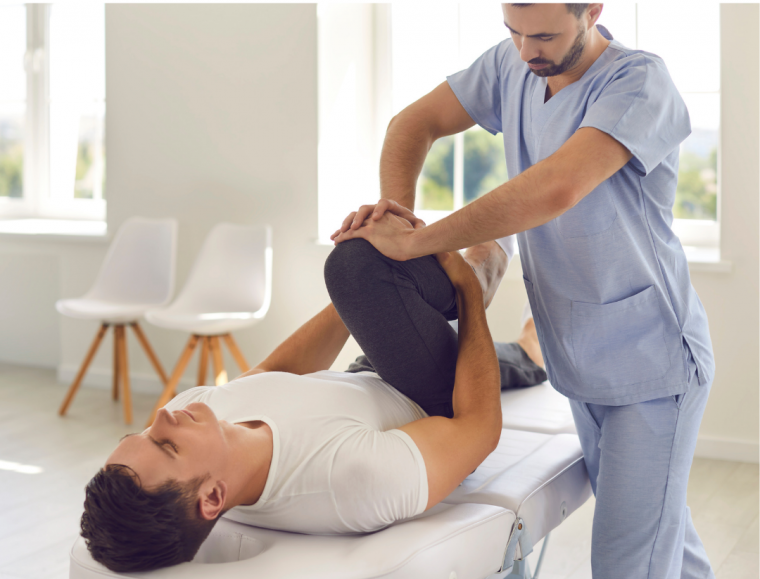 First, patience is required to allow your body time to heal. Healing time is required for the part of the body that got injured as well as anything else that may have caused the problem or problems that may have been created through compensation. Unfortunately, we are not computers that can be easily reprogrammed once the problem is found. It takes time for us to reprogram ourselves, physically and mentally. Pushing too far or too fast causes more injuries or creates more compensation that you will have to deal with later in some form or fashion. Also, any trauma and stress recovery requires patience. Ignoring the trauma or stressful side of things can make that trauma and stress build up. It might make you feel better in the short run, but in the long run, it will probably come back to haunt you in some way. Therefore, patience to find the time to do your exercises, stretches, and meditation or whatever you need to recover is essential; as is being patient with yourself and your body. If we become impatient with ourselves as we heal, because it isn’t fast or good enough or because the exercises are too “easy” or basic, then we just get frustrated. Frustration is just another form of stress and sets us back on the road to recovery. Patience is required.
First, patience is required to allow your body time to heal. Healing time is required for the part of the body that got injured as well as anything else that may have caused the problem or problems that may have been created through compensation. Unfortunately, we are not computers that can be easily reprogrammed once the problem is found. It takes time for us to reprogram ourselves, physically and mentally. Pushing too far or too fast causes more injuries or creates more compensation that you will have to deal with later in some form or fashion. Also, any trauma and stress recovery requires patience. Ignoring the trauma or stressful side of things can make that trauma and stress build up. It might make you feel better in the short run, but in the long run, it will probably come back to haunt you in some way. Therefore, patience to find the time to do your exercises, stretches, and meditation or whatever you need to recover is essential; as is being patient with yourself and your body. If we become impatient with ourselves as we heal, because it isn’t fast or good enough or because the exercises are too “easy” or basic, then we just get frustrated. Frustration is just another form of stress and sets us back on the road to recovery. Patience is required.
For almost entirely the same reasons as patience is required, persistence and repetition are important. Repetition is important for creating new, good muscle-memory habits and for building strength effectively. It is also important for building body awareness, which, as previously mentioned, is very important for helping your body to heal and change old habits. Persistence is required because if you don’t keep at it, you will just go backwards. It is like a game of Jumanji; you have to finish the game if you want the giant mosquitoes to go away. If you want to heal properly, you have to see your body through, you can’t just stop part way through and expect full results. You have to be persistent.
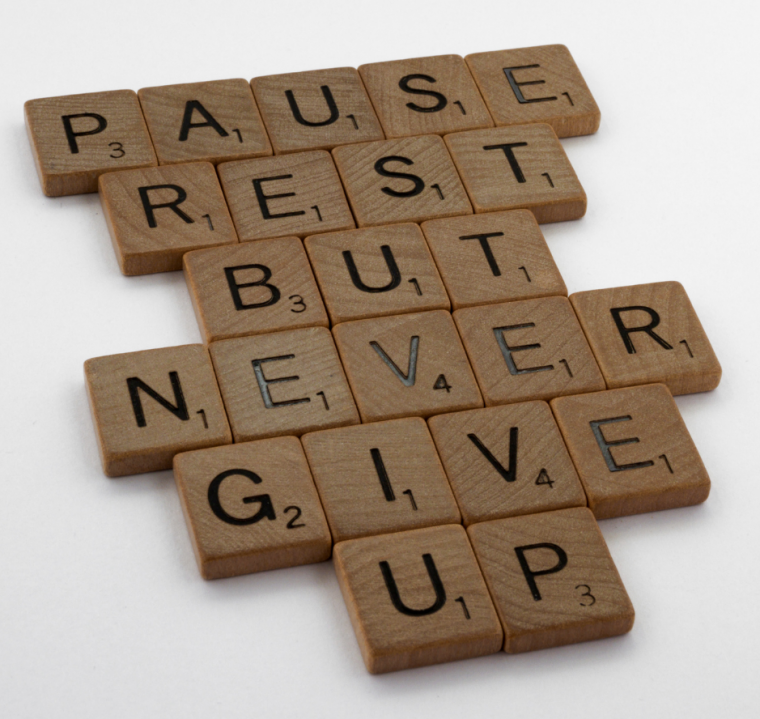 Finally, determination comes is essential. Effective healing doesn’t happen overnight. If you aren’t determined to heal fully, you will likely stop partway through. We see it in every injured client we have seen. If the client is determined to heal and determined to do what it takes to heal, they succeed. If they aren’t determined, they skip exercises more often than not or get frustrated and stop entirely. Then, maybe they stagnate at a place where they have less pain but they don’t ever heal. Unfortunately, their unresolved problems tend to come back over time.
Finally, determination comes is essential. Effective healing doesn’t happen overnight. If you aren’t determined to heal fully, you will likely stop partway through. We see it in every injured client we have seen. If the client is determined to heal and determined to do what it takes to heal, they succeed. If they aren’t determined, they skip exercises more often than not or get frustrated and stop entirely. Then, maybe they stagnate at a place where they have less pain but they don’t ever heal. Unfortunately, their unresolved problems tend to come back over time.
Sometimes a change of mindset is required to be fully patient, persistent, and dedicated. Sometimes we have to accept simpler exercises to build strength in the smaller muscles. We have to understand that time is a key requirement to recovery and that smarter exercise can be better than harder. It is ok to face the emotional as well as physical trauma of an injury and learn to let it go. All these things can require a change of how you used to look at your body and your exercise programs. It doesn’t make the old way wrong, it just makes it wrong for you and your body now.
What We at Urban Fitness Do:
We do injury recovery exercises appropriate for that injury, but we also focus on the body as a whole, not just in small pieces. We help our injured clients improve their alignment and body awareness. We also work with their doctors, chiropractors, and physical therapists to ensure that we are finding exercises and stretches that will help and to be sure we know what the actual prescribed problems are. In addition, we provide a safe healing environment. We give corrections in an encouraging manner to help each person get the most out of his or her exercises. We also understand that sometimes emotional releases are part of the healing process. We are there with a sympathetic and understanding ear to listen if they want to talk. However, if they don’t want to talk we provide a positive escape and distraction during our sessions. We never judge or accuse our clients. We push as needed, but in an encouraging way, and we never force a client to do anything or make them feel guilty when they just can’t for the time being. We consider our clients’ mental health and well-being in the words we choose as well as in the exercises we choose. We work to assign a trainer who fits with the client’s goals and personality. We know how frustrating and horrible injuries can be and strive make the healing process as effective and enjoyable as possible!
Need help recovering from pain or injury? Schedule your free 90 minute consultation.

This blog was contributed by our Pilates guru, Kaethe Birkner. Kaethe is a certified Pilates instructor through Balanced Body and dances ballet professionally at Continental Ballet Company. She has been teaching Pilates since 2012 and has been taking Pilates since 2004.

Addie Kelzer is a certified personal trainer and nutrition consultant. She believes that by making fitness and good food practical, her clients will hold the power to positively change their health and the health of those closest to them.
